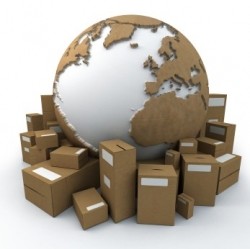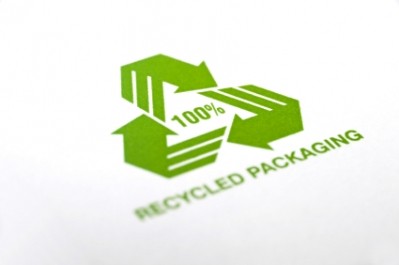Green cosmetics packaging showing slow progress

The cosmetics industry is closely linked with the luxury goods market, and adopts this image on a frequent basis, so the environmental impact of packaging is not often a priority subject with some manufacturers.
Event highlights sustainability
However, feedback from the recent Cosmoprof Asia exhibition on the plastic packaging market, suggests that cosmetics manufacturers are slowly giving sustainable development a bit more attention.
For example, cosmetic packaging manufacturer FSKorea Company used the exhibition as an opportunity to launch its wood-plastic composite materials for make-up bottles, in the belief that attitudes towards ‘green’ has changed.
Headquartered in Seoul, South Korea FSKorea has factories in both China and South Korea with more than 1,200 employees.
Company president J K Hwang said: "The demand for such materials has been very limited in the past, but now it seems to have changed. Today, more environmentally friendly products are demanded by consumers."
Held in Hong Kong, Cosmoprof Asia raised many issues with packaging manufacturers showing increasing concern about the use of environmental related topics such as plant-based plastic, recycled content or use of natural materials such bamboo.
Conflict of interest
Industry executives pointed out that with such a large emphasis on producing an attractive product that catches the consumers' eye, the concern over using environmentally friendly material is sometimes limited.
Rick Schofield, president of US cosmetics manufacturer Portola said: "I believe that all cosmetic companies are interested in raising environmental awareness, but from another perspective, beauty packaging aims to attract consumers. Therefore, to strike a balance between the two is quite difficult."
Schofield explained that concerns over recycled content such as plastics are a good example of this conflict because the appearance of regenerated resin is not always of top quality, making application limited.
"For certain beauty products it is important to create a visual effect that is clear and transparent, and unfortunately recycled resin demonstrates its shortcomings in this regard," he said.
The positive is that environmental impact is being discussed more frequently in the industry, however, with brand aiming to create a luxury image to attract consumers, it may take a while for the issue to take centre stage.




![[Getty Images]](/var/wrbm_gb_food_pharma/storage/images/_aliases/wrbm_tiny/publications/cosmetics/cosmeticsdesign-asia.com/china/china-focus-latest-developments-in-china-s-booming-beauty-market22/17370102-1-eng-GB/China-focus-Latest-developments-in-China-s-booming-beauty-market.jpg)
![YSL's LoveShine launch has sparked a demand surge in Japan. [YSL]](/var/wrbm_gb_food_pharma/storage/images/_aliases/wrbm_tiny/publications/cosmetics/cosmeticsdesign-asia.com/article/2024/04/24/ysl-loveshine-launch-propels-lip-gloss-sales-to-record-highs-in-japan-since-2020/17372064-1-eng-GB/YSL-LoveShine-launch-propels-lip-gloss-sales-to-record-highs-in-Japan-since-2020.jpg)
![There is significant scope for innovation and new launches in the hair repair sector, especially in soaring markets such as China. [Getty Images]](/var/wrbm_gb_food_pharma/storage/images/_aliases/wrbm_tiny/publications/cosmetics/cosmeticsdesign-asia.com/article/2024/04/24/croda-zeroes-in-on-hair-repair-solutions-as-damage-hair-concerns-surge-in-markets-like-china/17362731-1-eng-GB/Croda-zeroes-in-on-hair-repair-solutions-as-damage-hair-concerns-surge-in-markets-like-China.jpg)



![Lubrizol has extended its partnership with C-beauty major PROYA. [PROYA]](/var/wrbm_gb_food_pharma/storage/images/_aliases/wrbm_tiny/publications/cosmetics/cosmeticsdesign-asia.com/headlines/brand-innovation/lubrizol-bullish-on-potential-of-c-beauty-growth-potential/17362515-1-eng-GB/Lubrizol-bullish-on-potential-of-C-beauty-growth-potential.jpg)